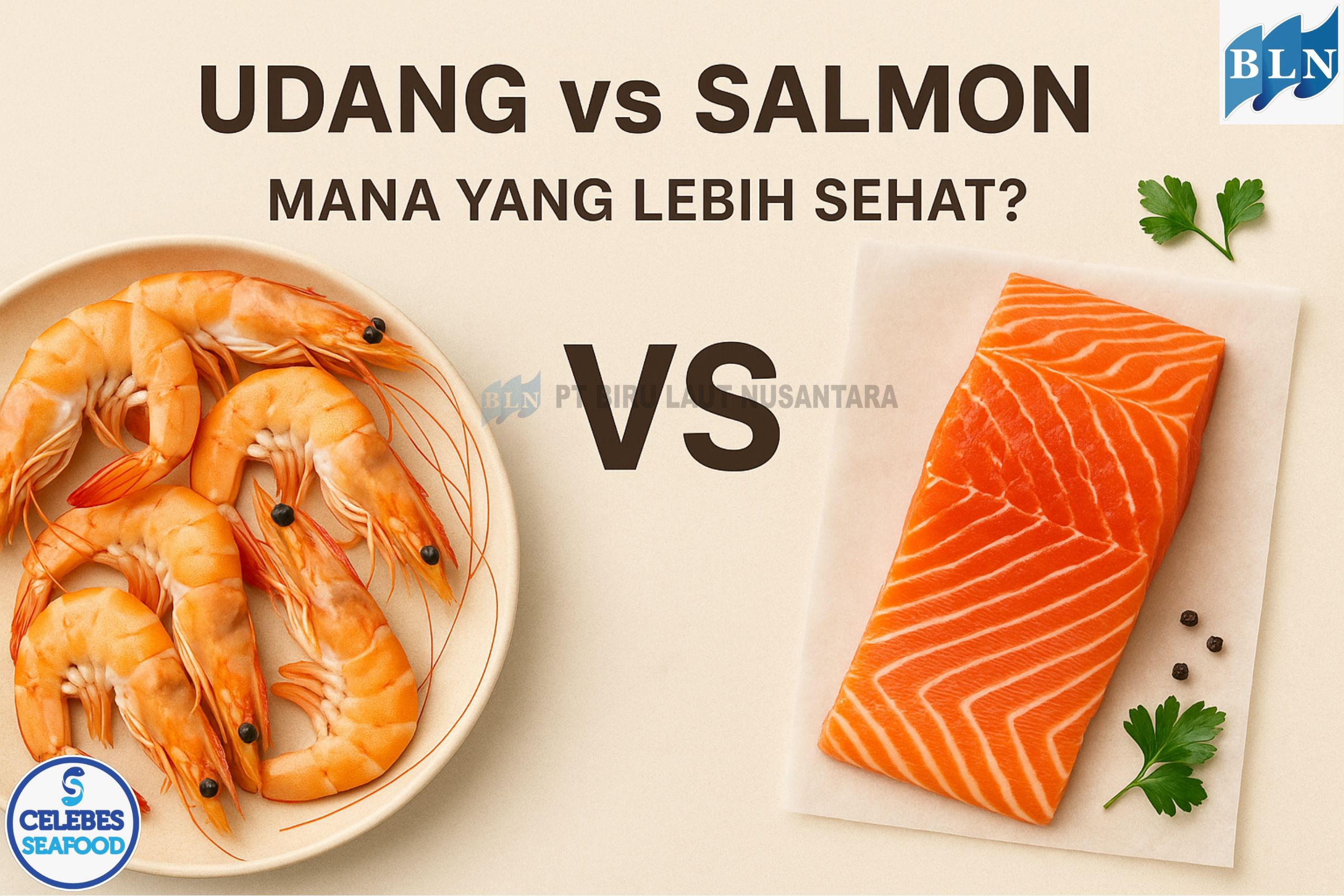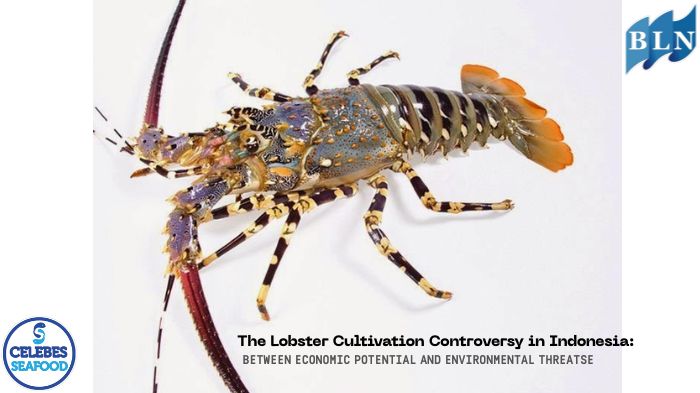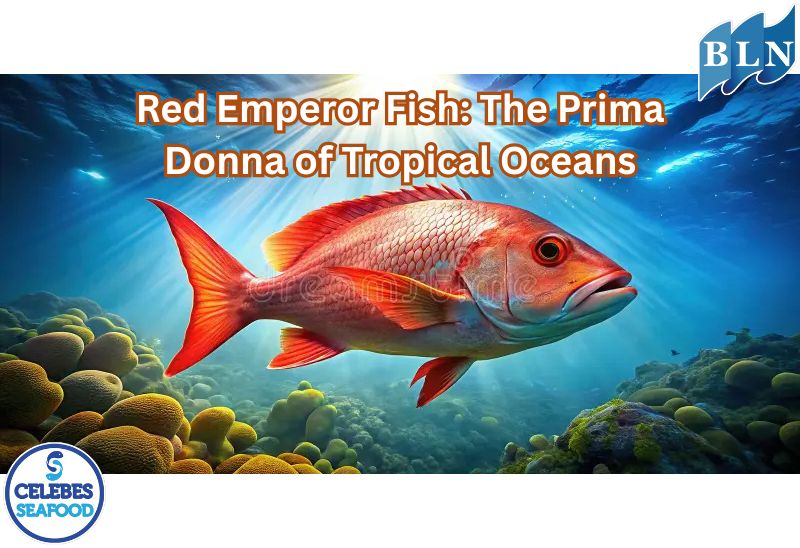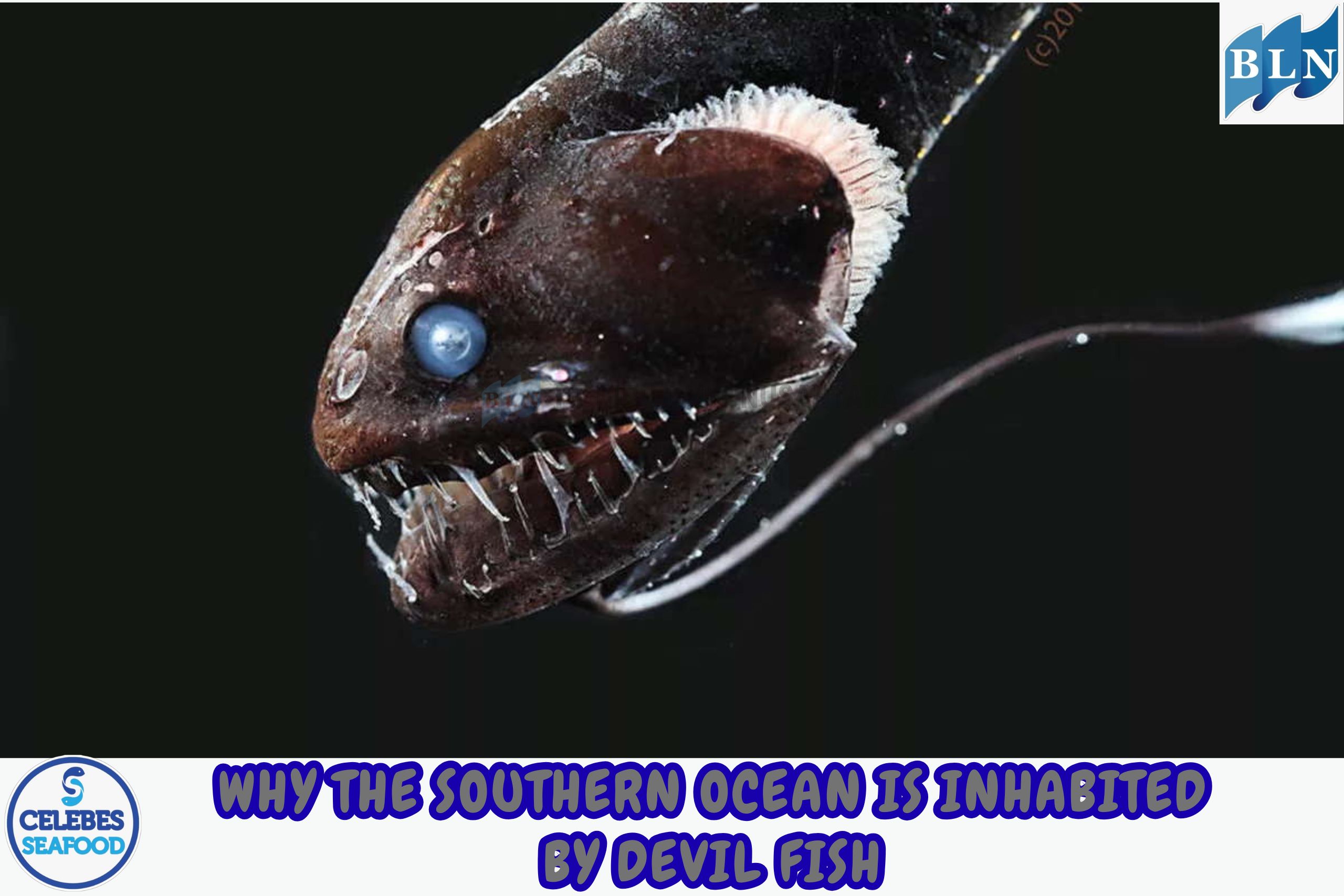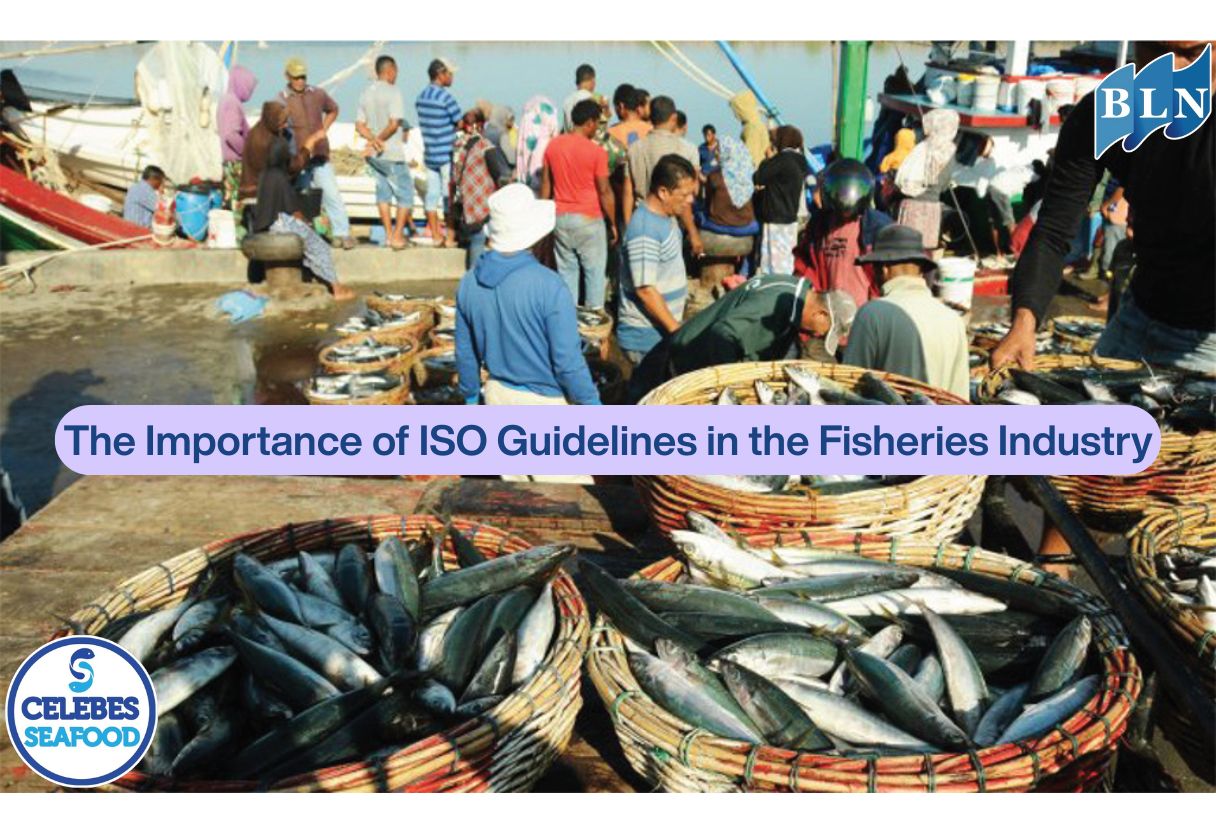Diversification of Anchovy (Stolephorus sp.) Processed Products into Various Sambal and Abon as an Effort to Increase Added Value and Competitiveness of Local Fishery Products
By. Azizah - 31 May 2025 Processed Products into Various Sambal and Abon as an Effort to Increase Added Value and Competitiveness of Local Fishery Products.jpg)
lautnusantara.comAnchovy (Stolephorus sp.) is a high-economic-value fishery commodity widely found in Indonesia’s coastal areas. However, its utilization has been limited mostly to fresh or salted forms, resulting in low added value. This study aims to develop product diversification of anchovy into various types of sambal (chili paste) and abon (shredded meat floss) as a strategy to increase added value and competitiveness of local fishery products. The methods used include recipe formulation, organoleptic testing, proximate analysis, and a small-scale business feasibility study. The results show that the developed anchovy sambal and abon products have good sensory quality, high nutritional content, and market acceptance potential. This diversification not only extends product shelf life but also creates opportunities for home-based business development in coastal communities.
1. Introduction
Anchovy (Stolephorus sp.) is a small pelagic fish species abundantly caught by fishermen in Indonesian waters. Despite its large production volume, anchovy is mainly utilized in traditional forms such as drying and salting. The lack of innovation in processing methods has led to low market value for anchovies both locally and nationally.
Product diversification is a strategic effort to increase added value and competitiveness of fishery products. Processing anchovies into sambal and abon is a promising innovation that aligns with the preferences of Indonesian consumers, who favor spicy and practical foods. These products also offer longer shelf life and wider distribution potential.
2. Methods
2.1. Materials and Equipment
The main ingredients include fresh anchovy (Stolephorus sp.), chili, shallots, garlic, cooking oil, and other seasonings. The equipment used consists of a blender, stove, frying pans, digital scale, and vacuum packaging tools.
2.2. Processing of Anchovy Sambal and Abon
-
Anchovy sambal: Anchovy is deep-fried until crispy, then mixed with sautéed and blended sambal spices. The product is cooled before packaging.
-
Anchovy abon: Anchovy is steamed, shredded, mixed with spices, and then dry-fried while being stirred continuously until it becomes dry and fiber-like.
2.3. Quality and Analysis Testing
Products were evaluated through organoleptic tests by semi-trained panelists, proximate analysis (protein, fat, moisture, ash), and a simple feasibility study covering production costs and potential profit.
3. Results and Discussion
3.1. Product Characteristics
Organoleptic test results indicated that both anchovy sambal and abon were favored by panelists for taste, aroma, texture, and appearance. The sambal provided a rich and spicy flavor, while the abon had a dry, crispy texture and appealing aroma.
3.2. Nutritional Content
Proximate analysis showed that the abon contained about 40% protein, while the sambal had a higher fat content due to oil use. Both products had low moisture content, contributing to a longer shelf life.
3.3. Business Feasibility
A simple feasibility analysis showed that the diversification of anchovy into sambal and abon can be developed into a small-scale business with affordable capital and promising profit margins. Home-scale production is suitable for empowering coastal communities, especially women.
If you are interested in our Coral Trout Fillet Skin On, CORAL TROUT WGG WHOLE GILLED GUTTED, TOMATO COD WHOLE GILLED GUTTED please do not hesitate to contact us through email and/or whatsapp.
